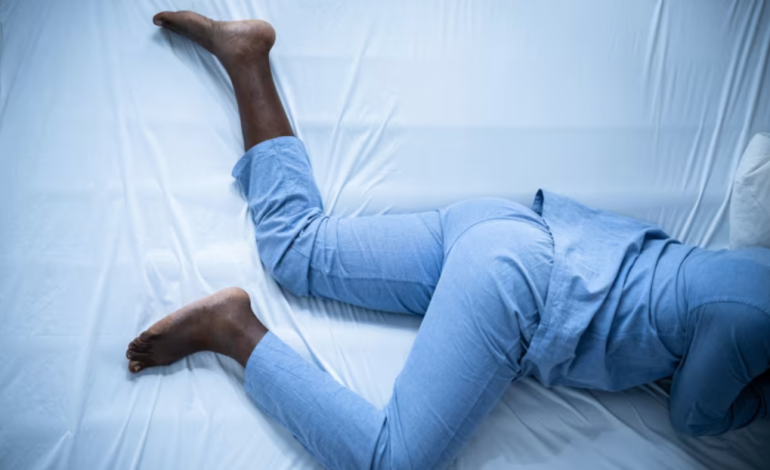If you’ve ever experienced an overwhelming urge to move your legs at night—often accompanied by a crawling, tingling, or aching sensation—you might be dealing with restless legs syndrome (RLS), a neurological condition that disrupts sleep and daily life for millions, CNN reports.
According to a recent overview by medical professionals, RLS affects between 4% and 29% of adults in industrialized nations, yet remains widely underdiagnosed and misunderstood. Though more commonly associated with older adults, children and adolescents can also experience symptoms, often going years without a proper diagnosis.
RLS is characterized by uncomfortable sensations in the legs (and sometimes arms) that worsen during rest and are only relieved by movement. The symptoms typically emerge in the evening or at night, leading to difficulty falling asleep and resulting in daytime fatigue, mood changes, and reduced quality of life.
“Restless legs syndrome is a neurological disorder that is characterized by a need to move that is oftentimes associated with an uncomfortable feeling,” explained Dr. John Winkelman, chief of sleep disorders research at Massachusetts General Hospital and professor at Harvard Medical School.
These sensations can be described as throbbing, itching, crawling, or stabbing, and vary from person to person.
Several factors influence the likelihood of developing RLS. Genetics play a key role, accounting for about 20% of the risk, and the condition often runs in families. Low iron levels are another major factor, with people who are pregnant, menstruating, or anemic being more susceptible. The condition is also twice as common in women and becomes more frequent with age.
Certain medications, including selective serotonin reuptake inhibitors (SSRIs) used to treat depression, may also contribute to the onset or worsening of RLS symptoms.
Treatment often begins with lifestyle adjustments. Identifying and avoiding triggers—such as alcohol, sugary foods, or specific medications—can help. Iron supplementation, either orally or intravenously, is recommended if iron levels are low or borderline.
Other non-drug strategies include using hot or cold packs, engaging in light exercise, massage therapy, or even mentally stimulating activities to help divert focus from the discomfort.
“If you keep your mind engaged, it helps to keep symptoms at bay,” said Karla Dzienkowski, executive director of the Restless Legs Syndrome Foundation.
When lifestyle changes aren’t enough, medications can provide relief. Doctors often begin with alpha2-delta ligands, such as gabapentin or pregabalin. While dopamine agonists were once widely used, they are now prescribed with caution due to the risk of worsening symptoms over time. In severe cases, low-dose opioid medications may be considered under close supervision.
If you frequently feel the need to move your legs while at rest—particularly if it’s affecting your ability to sleep—it’s important to speak with a doctor. Not all healthcare providers are familiar with RLS, so patients may benefit from asking for a referral to a sleep specialist. Blood work, especially an iron panel with ferritin levels, can provide valuable insight.
“The sooner you do it, the better,” said Dzienkowski. “That crankiness, fatigue, or withdrawal you’re feeling during the day may actually be RLS affecting your nights.”










The latest news in your social feeds
Subscribe to our social media platforms to stay tuned